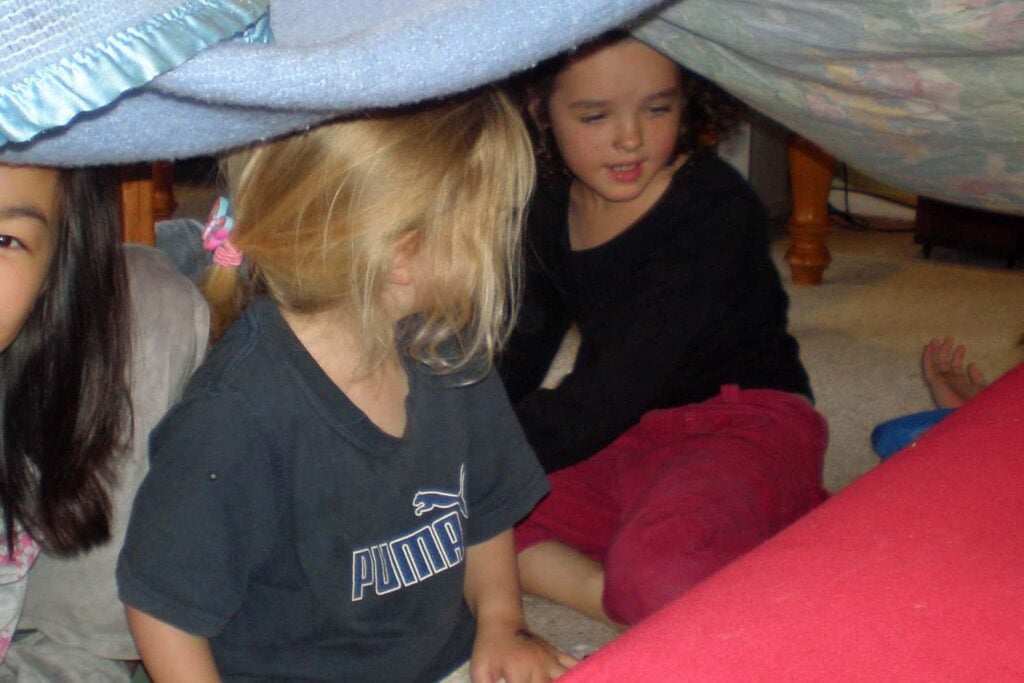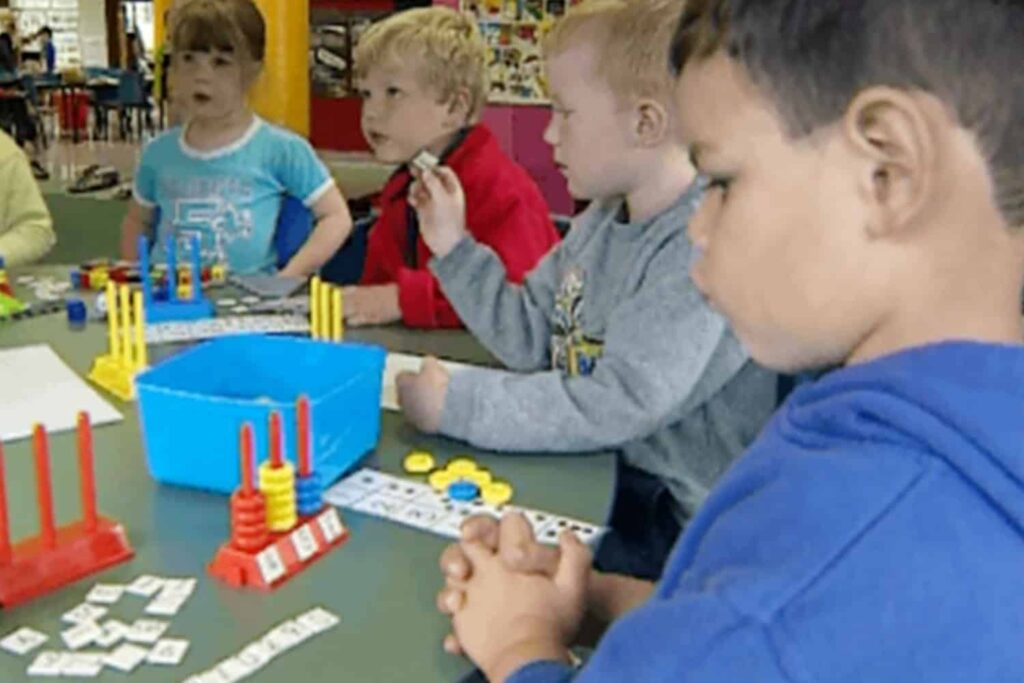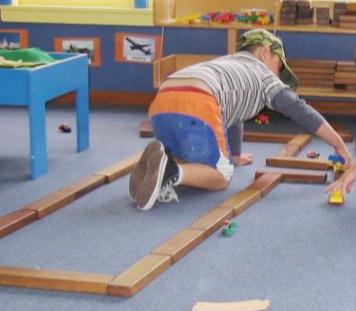Do Men Teach Differently?
February 28, 2013.
Prof. Dr. Holger Brandes from the University of Applied Sciences in Dresden, Germany, along with Markus Andrä, Wenke Röseler and Petra Schneider-Andrich have undertaken a study of the behaviour and interactions of men and women with children in early childhood education.
The sample comprised children between the ages of 3 and 6 years, 12 female teachers only, and 21 tandems (pairs of male and female teachers working at the same centre).
The research questions were:
- Can indications be found that, according to professional criteria, male and female ECE workers differ in their specific interactive behaviour towards children (of both sexes)?
- Can indications be found in the professional context confirming the assumption of educational theory, that women interact more on the level of attachment, and men, rather, are challenging and oriented to exploration?
- Can indications of gender dependent tendencies be found in ECE workers undertaking different activities, and serving different content areas, with girls than with boys?
- Can indications be found, whether, and how, ECE workers come across as gender role models and, in connection to this, how interactive processes (in the sense of a ‘doing gender’) take place?
- Can indications be found of gender dependent arrangements and division of work responsibilities between ECE workers?
This is a quasi-experimental investigation, because the randomisation of participants was not possible, participants were either male or female, and the non-random selection of children (from already existing early childhood centre groups).
Below are the preliminary or early results for the study undertaken between November 2012 and April 2013.
Do Men Teach Differently?
Hardly any difference was found in regard to educator sensitivity, challenge, dialogic, quality of the interaction, and awareness of children’s interests and desires.
Thus from an educational and professional point of view, gender was not found to play a role, or only a minor role. Gender has no or little impact on how men and women behave with children. Men can do the same job as women and are not worse or better than women.
There is a difference in what they do, and the interests they foster in children, and this is closely intertwined with the gender of the children.
Interestingly, there were small differences in the materials men and women choose to use when working with children:
- men did not touch beads,
- women kept their hands off metals, and
- both genders touched the wine bottle corks.
Key scenes that show “doing gender” happen most often in same sex pairs – i.e. boy with a man teacher and girl with a female teacher.
In situations when teachers are acting more authentically (and less in a professional way), gender plays a particularly strong role. This was especially evident in group situations when male and female teachers and girls and boys came together. Differences were revealed that are probably important for the development of both girls and boys.
Here is an example of a group situation from the preliminary results
It is about the rules of the game Twister, and the distribution of roles. The only thing worth remarking is that the male ECE worker dominates the leadership of the group, and his female colleague takes on a supporting function on the sidelines. In a play situation with a clearly competitive character, as a boy loses against a girl, because he falls over, the male ECE worker says to him, loudly across the playing surface: ‘That’s not important – men are not as agile as girls. That’s nothing to worry about.’ In response, standing in front of him, a girl protests: ‘Girls are more tender – but you are a boy!’. To this he responds: ‘But you are more agile, my treasure’. We don’t know how the girl interpreted the first statement of the male ECE worker, nor exactly what caused her protest (perhaps that here, through the reference to ‘men’, he connected himself with the boy). Fact is, that from now on the gender theme is clearly in the room as tension, and the key word ‘agile’ can be heard from the children repeatedly. As the male ECE worker finally challenges his colleague to play against him, and he loses, then the girls are jubilant and the boys are silent. After a number of children have played the game, the two professionals repeat their competition, and this time the male ECE worker wins, because this time he is clearly more engaged. Again the girls are jubilant, but they are lectured by a boy: ‘But Rosi [female ECE worker] didn’t even win’.
Further research in available.









